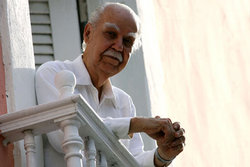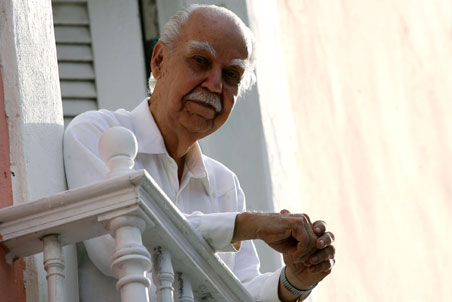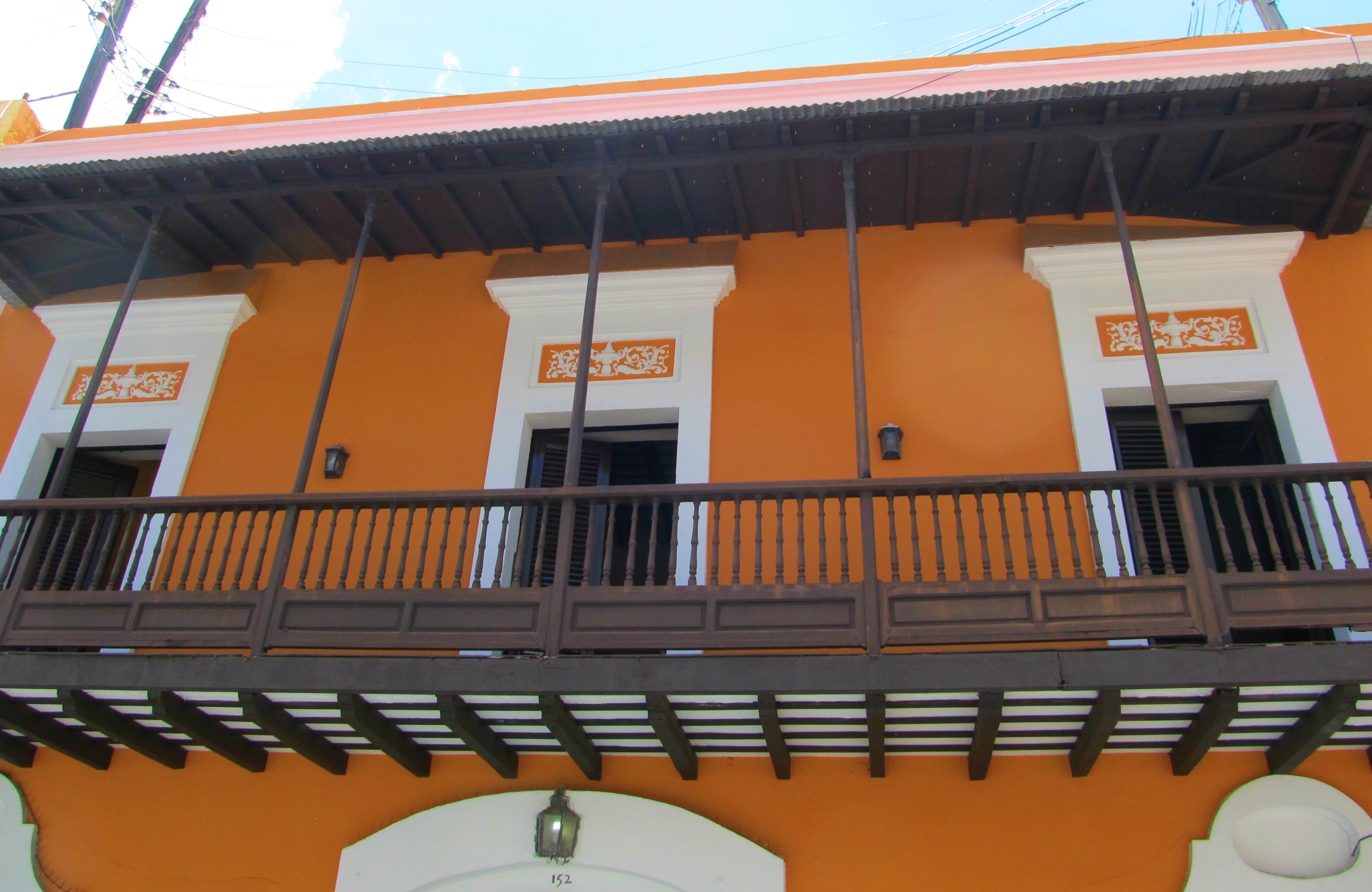Ricardo Alegría is considered by many to be one of those responsible for the preservation of Puerto Rican heritage. Arguably, all the historic towns like San Juan and Ponce remain intact and functional thanks to his work. Among the monuments restored under his direction are the Indian Ceremonial Center in Utuado, Caparra Ruins and the Castle of St. Jerome.
He was the founder and organizer of the School and Workshop of Plastic Arts of Puerto Rico, promoter of the famous Latin American Biennial of Engraving, founder and director of the Center for Archaeological and Ethnological Research, director and organizer of the Museum of Anthropology, History and Art University of Puerto Rico, Río Piedras, professor of anthropology at the university, director of the Institute of Puerto Rican Culture. In addition, Ricardo Alegria was president of the Center for Advanced Studies, an organization which includes several Caribbean countries.
His most outstanding publications are: La población aborigen antillana y su relación con otras áreas de América (1948), Historia de nuestros indios (1950- obra de propósito educativo a nivel elemental), La fiesta de Santiago Apóstol en Loíza Aldea (1954), Los renegados (cuento) y Cuentos folclóricos de Puerto Rico (1967). Several magazines in the country and abroad, mainly in the U.S., Mexico and Cuba, have published his articles on archeology and Puerto Rican folklore.
In addition to his bachelor's degree in archeology, he had an MBA from the University of Chicago in Anthropology and History in 1947 and a Ph.D. in anthropology from Harvard University in 1954. He also had a certificate in museum studies from the Museum of Natural History in Chicago
Ricardo Alegría is considered by many to be one of those responsible for the preservation of Puerto Rican heritage. Arguably, all the historic towns like San Juan and Ponce remain intact and functional thanks to his work. Among the monuments restored under his direction are the Indian Ceremonial Center in Utuado, Caparra Ruins and the Castle of St. Jerome.
He was the founder and organizer of the School and Workshop of Plastic Arts of Puerto Rico, promoter of the famous Latin American Biennial of Engraving, founder and director of the Center for Archaeological and Ethnological Research, director and organizer of the Museum of Anthropology, History and Art University of Puerto Rico, Río Piedras, professor of anthropology at the university, director of the Institute of Puerto Rican Culture. In addition, Ricardo Alegria was president of the Center for Advanced Studies, an organization which includes several Caribbean countries.
His most outstanding publications are: La población aborigen antillana y su relación con otras áreas de América (1948), Historia de nuestros indios (1950- obra de propósito educativo a nivel elemental), La fiesta de Santiago Apóstol en Loíza Aldea (1954), Los renegados (cuento) y Cuentos folclóricos de Puerto Rico (1967). Several magazines in the country and abroad, mainly in the U.S., Mexico and Cuba, have published his articles on archeology and Puerto Rican folklore.
In addition to his bachelor's degree in archeology, he had an MBA from the University of Chicago in Anthropology and History in 1947 and a Ph.D. in anthropology from Harvard University in 1954. He also had a certificate in museum studies from the Museum of Natural History in Chicago
Family Members
Sponsored by Ancestry
Advertisement
Explore more
Sponsored by Ancestry
Advertisement






